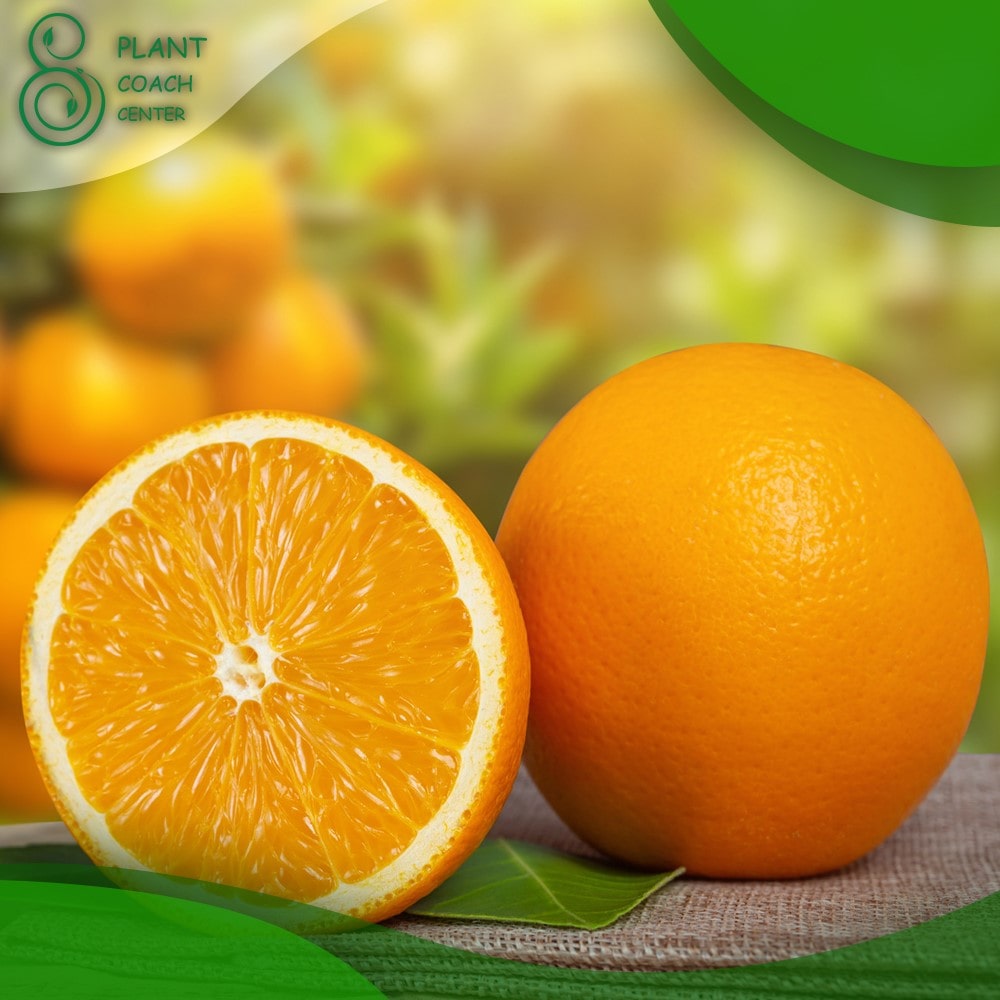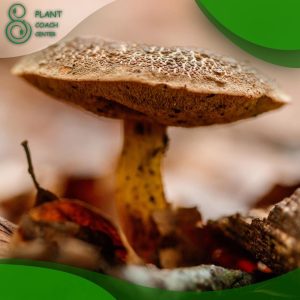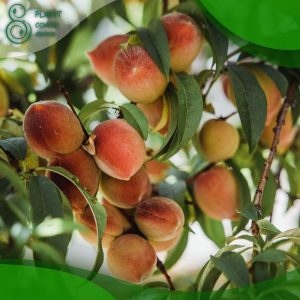Introduction: The Magic of Oranges
Have you ever found yourself peeling an orange and wondered about the journey it’s made to reach your hand? Or maybe you’re an aspiring gardener, curious about how to grow your own oranges. You’re not alone. At plantcoachcenter.com, we’re fascinated by the process too. This article will guide you through the life cycle of the orange, from planting to harvest.
The Origins of the Orange Tree
The orange tree, scientifically known as Citrus sinensis, is a member of the Rutaceae family. Originally from Southeast Asia, it has been cultivated for thousands of years and now thrives in regions across the globe, from the Mediterranean to the Americas.
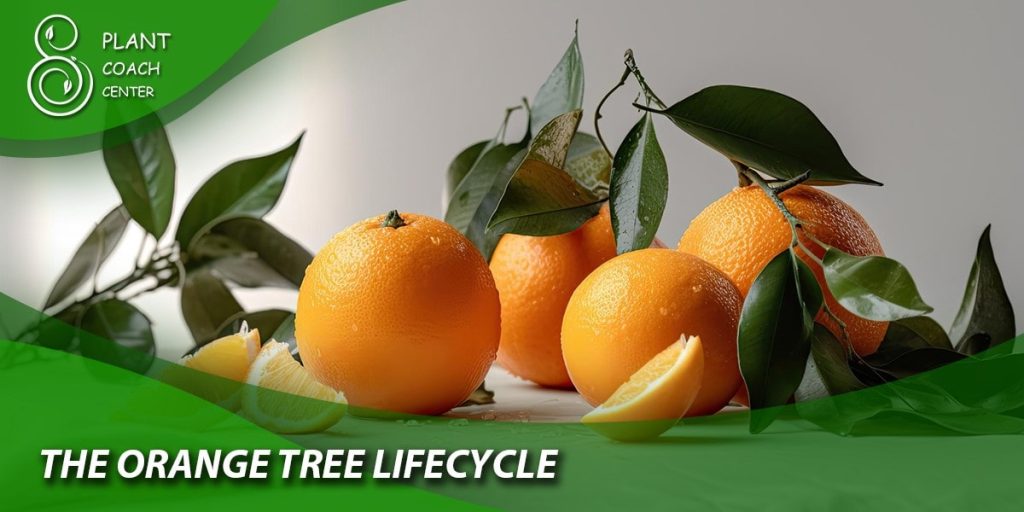
The Orange Tree Lifecycle
Understanding the orange tree’s lifecycle is vital to understanding how oranges grow. It all begins with a seed, which grows into a seedling, then a sapling, and finally a full-grown tree capable of bearing fruit.
The Planting Process: From Seed to Seedling
The life of an orange tree begins with a simple seed. This seed must be planted in a conducive environment to grow into a healthy seedling.
Choosing the Right Environment
Oranges require a lot of sunlight and a well-draining soil to thrive. They prefer a slightly acidic to neutral pH.
The Importance of Soil and Climate
The right soil and climate aren’t just nice to have, they’re a necessity. Oranges need a warm climate and soil rich in nutrients to grow.
The Growth Phase: The Journey to an Orange
Once the orange tree is established, it transitions into the growth phase. This is the stage where the tree develops its root system, foliage, and eventually, fruit.
The Role of Sunlight and Water
Sunlight and water are essential to the growth of the orange tree. The tree uses sunlight for photosynthesis, which aids in the production of fruit.
Understanding the Blossoming Stage
The blossoming stage is a sight to behold. The orange tree produces beautiful white flowers that eventually turn into fruit.
The Harvest: When and How to Pick Oranges
Knowing when and how to pick your oranges is crucial to enjoying their sweet, tangy goodness.
Recognizing the Signs of a Ripe Orange
An orange is ripe and ready to be picked when it has a vibrant color and a slight give when gently squeezed.
Proper Techniques of Harvesting
To harvest your oranges, grasp the fruit gently and twist it until the stem detaches from the tree.
What are some common mistakes to avoid when growing oranges?
Growing oranges can be a rewarding experience, but it’s also easy to make mistakes if you’re unfamiliar with the process. Here are some common mistakes to avoid.
1. Improper Planting: One of the most common mistakes is planting the orange tree in unsuitable conditions. Oranges need a lot of sunlight and well-draining soil to thrive. Planting in a shady location or in heavy clay soil can hinder the tree’s growth and fruit production.

2. Over-watering or Under-watering: Both can be detrimental to your orange tree. While the tree needs regular watering, too much can cause root rot, and too little can lead to dehydration and stress. It’s important to maintain a balance and adjust watering levels based on the climate, season, and soil type.
3. Neglecting Fertilization: Oranges need nutrient-rich soil to grow and produce fruit. Neglecting to fertilize your tree, or using the wrong kind of fertilizer, can result in poor growth and fruit production.
4. Ignoring Pests and Diseases: Citrus trees can be prone to certain pests and diseases like citrus greening, scale insects, and aphids. Ignoring these issues can lead to severe damage and potentially even the loss of your tree. Regular inspection and appropriate treatments are crucial.
5. Harvesting at the Wrong Time: Oranges should be picked when they are fully ripe, as they do not continue to ripen once plucked. Harvesting too early can result in sour fruit, while waiting too long can lead to overripe or rotten oranges.
Can you recommend a good fertilizer for orange trees?
When choosing a fertilizer for your orange trees, it’s important to look for one that’s specifically designed for citrus trees, as these will contain the right balance of nutrients that orange trees need to thrive. Here are a few recommendations.
1. Jobe’s Organics Fruit & Citrus Fertilizer: This is an organic granular fertilizer that’s designed to enhance the soil conditions for fruit and citrus trees. It contains a blend of beneficial microorganisms that improve the long-term soil quality.
2. Miracle-Gro Fruit & Citrus Plant Food: This water-soluble fertilizer is easy to use and is specifically formulated to promote higher fruit yields in citrus trees.
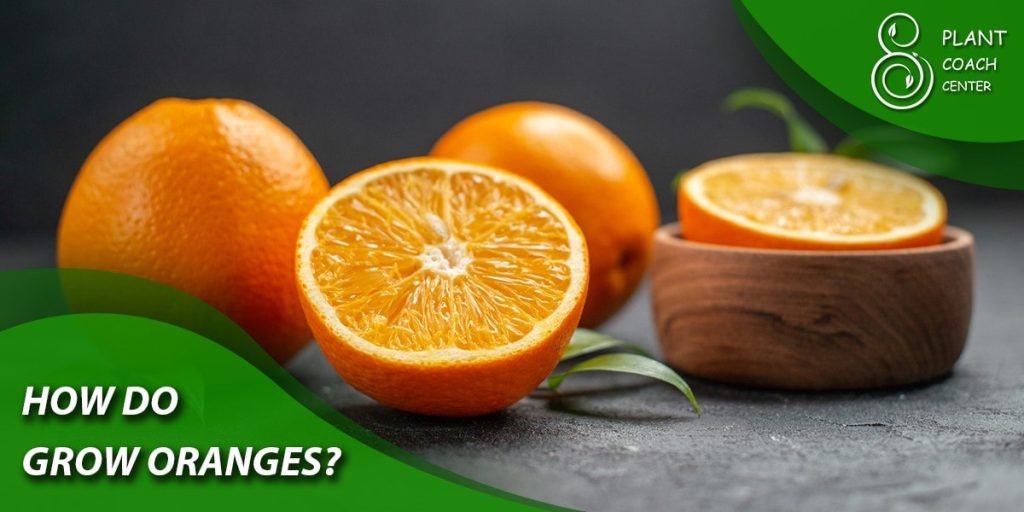
3. Espoma Citrus-Tone: This is an all-natural, organic fertilizer that’s formulated for citrus and other fruit trees. It provides a long-lasting, slow-release feeding.
4. Southern Ag Citrus Nutritional Spray: This isn’t a traditional fertilizer, but it’s great for addressing specific nutrient deficiencies. It provides micronutrients like iron, zinc, and manganese, which are essential for the healthy growth of citrus trees.
Remember to always follow the manufacturer’s instructions for application rates and frequencies, and observe your trees for any signs of nutrient deficiencies or over-fertilization. It can also be beneficial to have your soil tested to better understand its nutrient content and pH, which can further guide your fertilization practices.
Conclusion
Growing your own oranges is truly a rewarding endeavor. The journey from planting a tiny seed to watching it grow into a majestic tree laden with vibrant, sweet-smelling oranges is a testament to nature’s miracles and your gardening prowess. With every stage, from choosing the right environment to understanding the importance of sunlight, water, and proper harvesting techniques, you become more attuned to the life cycle of this extraordinary fruit.
Remember, patience is key. It might take several years for your tree to bear fruit, but when it does, the taste of the fresh, juicy oranges will be worth the wait. So, why not start today? Plant that seed, nurture that sapling, and revel in the joy of seeing your very own orange tree stand tall and proud. After all, there’s nothing quite like the satisfaction of eating fruit grown from your own hands.
Can I grow an orange tree from a seed?
Absolutely! Orange trees can be grown from seeds. However, it’s important to note that it might take several years for the tree to mature and bear fruit.
What is the best time to plant orange trees?
The best time to plant orange trees is in early spring. This gives the tree ample time to establish itself before the winter season.
How often should I water my orange tree?
Orange trees need regular watering, but they don’t like waterlogged soil.
Do orange trees need a lot of sunlight?
Yes, orange trees thrive in places with plenty of sunlight. They need at least six hours of direct sunlight each day for optimal growth and fruit production.
Why are the leaves on my orange tree turning yellow?
Yellow leaves can be a sign of several issues, such as over-watering, nutrient deficiencies, or disease.
When should oranges be harvested?
Oranges are generally harvested when they have reached their full color and are slightly soft to the touch.


